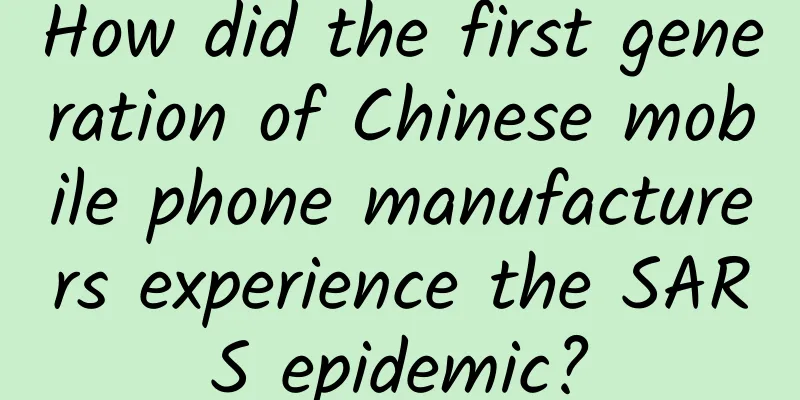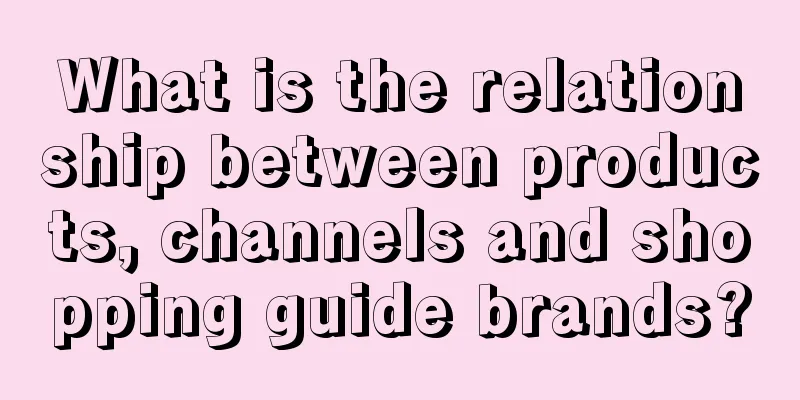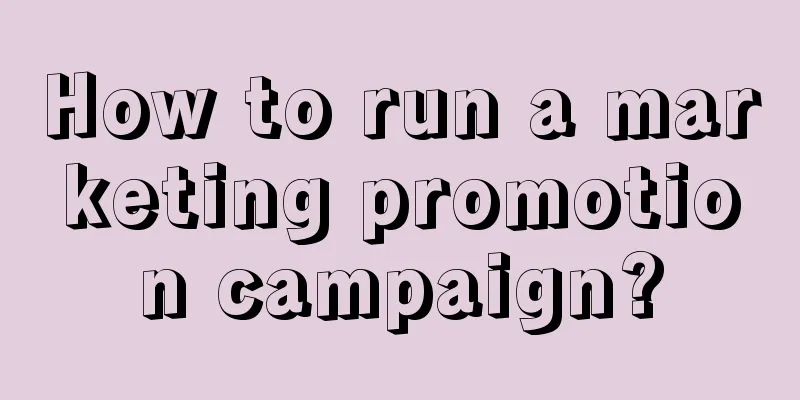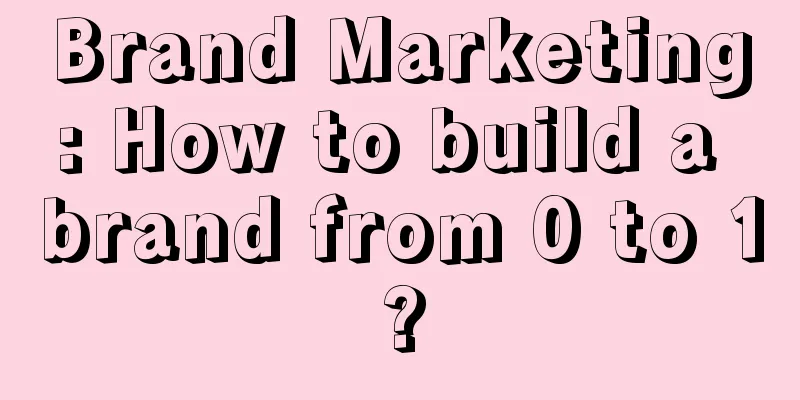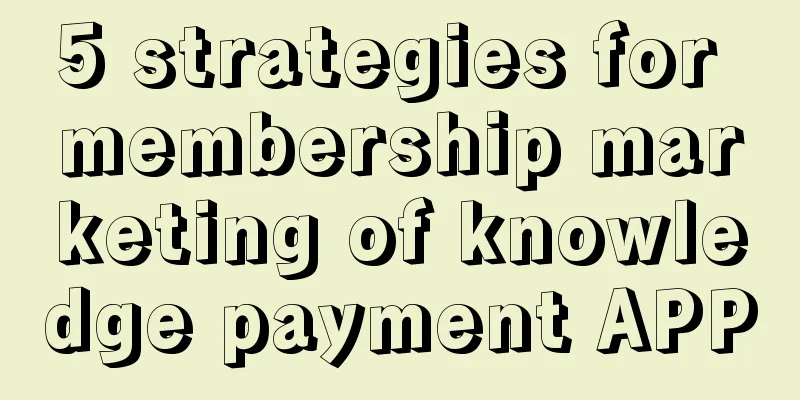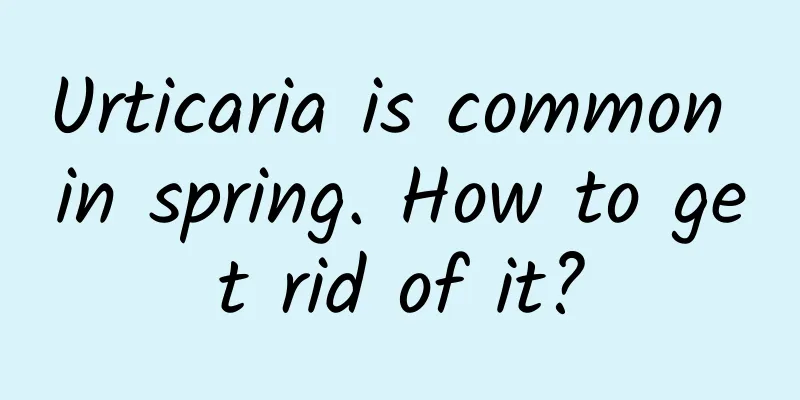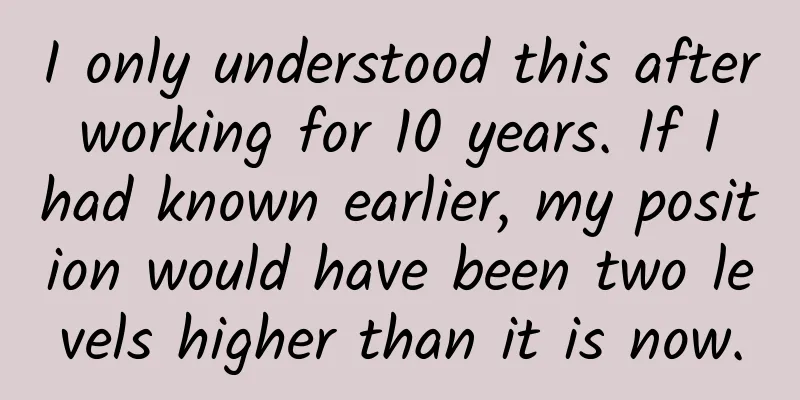How to carry out a successful scenario-based content marketing?
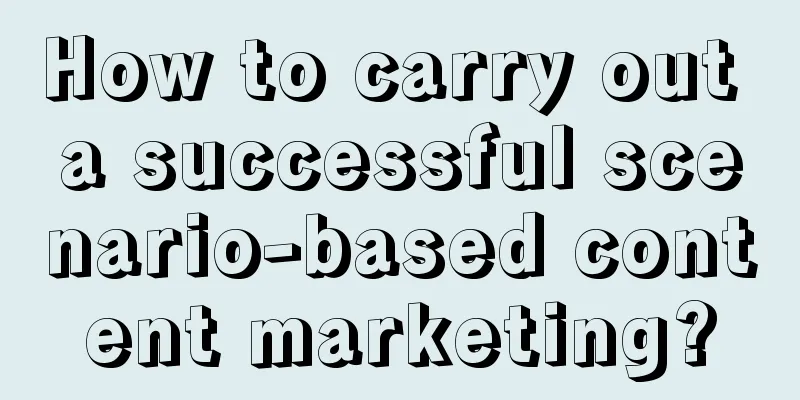
|
Good copywriting is like a love letter, which makes users fascinated at first glance. Only content that is sufficiently scenario-based can be persuasive enough to impress your target users . Please think about 3 small questions firstWhy do lipstick commercials always show the action of applying lipstick? Why do condiment advertisements always feature a warm family in the kitchen and on the dining table? Why do Dove advertisements always feature a couple expressing affection? Because they are all creating user usage scenarios. Let’s look at the following two contents first:
You will find that compared to content A, content B is more vivid. Without scenario-based content, no matter how well your product’s selling points are refined, it will be difficult for users to buy into it. If you are fast, your competitors will be faster than you; if you have good quality, your competitors will be better than you. What you have, your competitors also have, and what you don’t have, your competitors also have. So, why should users choose you? Please give a user a reason to choose you first. A woman went to Uniqlo to shop , found a really nice skirt, and bought it. She can wear it to her boyfriend, to a party next week, to show off to her colleagues, or as a birthday present for her sister. Please remember that what she bought was not just the skirt itself, but the emotions, scenes and values attached to the skirt . If no one appreciates this skirt when I wear it and I can't show it off, what's the point of this skirt being beautiful? She won't buy it. Therefore, integrating all product selling points and features into the scene and creating core competitiveness through scene differentiation is your magic weapon to impress users. The more detailed the scene, the easier it is to create a sense of picture. Once the user creates a sense of picture and starts to associate, dopamine begins to be secreted in the brain. It's easy to be drawn into the scene you create and develop an urge to consume. So how do you find the right scene? (The following uses four categories of products: IELTS training, beauty, K12, and automobiles as examples) First, break down your target users based on your product.Then analyze potential needs based on target usersFinally, possible scenarios are deduced based on potential needsPlease refer to the following flowchart Finally, you have to think about which scenarios really exist and which ones are just your wishful thinking. The user identity roles are different in different scenarios, which leads to different needs. It is recommended to use AB testing for screening, for example: the same channel , the same type of users, use different scenarios to describe. This way you can continuously iterate your scenarios based on the test results until you find the most suitable scenario. As long as the scenario-based content is described clearly enough, it can capture the user's pain points and needs. This can stimulate the user's potential needs to a great extent, allowing the user to make a series of changes from "I don't need it" to "I may need it" and then to "I may really need it". Author: Scrambled Eggs with Tomatoes, authorized to be published by Qinggua Media. Source: |
<<: Ghost Ape Film Concept 6 Baidu Cloud Download
>>: Useful information: An overview of Xiaohongshu’s promotion and traffic generation operations!
Recommend
Can air fryers cause cancer? Do these 4 things to eat healthily and use them with confidence!
French fries, fried chicken wings, potatoes... Ar...
Han Yibing: 2016 will see a huge explosion in Internet TV advertising, and brands should plan ahead
On October 19, 2015, the 2015 China Internet TV D...
High spirits! 2021 National Day Tiananmen Square and Chang'an Avenue Flowerbed Plan Released! Sneak Peek →
On the afternoon of September 16, the Beijing Mun...
How to direct traffic to APP through WeChat mini games?
A few days ago, I was chatting with a friend who ...
Hongzhi Miaoyi Gold Product Battle Method Box Gold Product Breakthrough Capture Dragon and Catch Monster 15 Video
Hongzhi Miaoyi Gold Product Battle Method Box Gol...
To protect the environment, they put backpacks on cows to collect farts
Review expert: Zhu Guangsi, member of Beijing Sci...
Will the surge in international oil prices hit the Chinese auto market hard?
When filling up a tank of gas costs more than 20 ...
0 Basic Tarot Master Crash Course
Basic Tarot Master Crash Course Resource Introduc...
Counterpoint: China will account for more than 60% of the global passenger electric vehicle market share in the first half of 2024
According to Counterpoint, China accounts for mor...
Trump's unexpected election as US president reveals his shady career history
The US presidential election finally came to an e...
How to do fan marketing? Five methodologies for fan marketing!
% ignore_pre_1 % Luo Yonghao is the first generati...
How much does it cost to make an electrical applet in Hotan?
According to industry insiders, mini programs wil...
U.S. Consulate General in Chengdu closed and China took over (full text)
The US Consulate General in Chengdu was closed an...
Does Changsha Mini Program Mall need to apply for a business license?
Can an e-commerce business license be used to ope...
How to do social private domain marketing well?
In 2021, more and more large companies will deplo...
